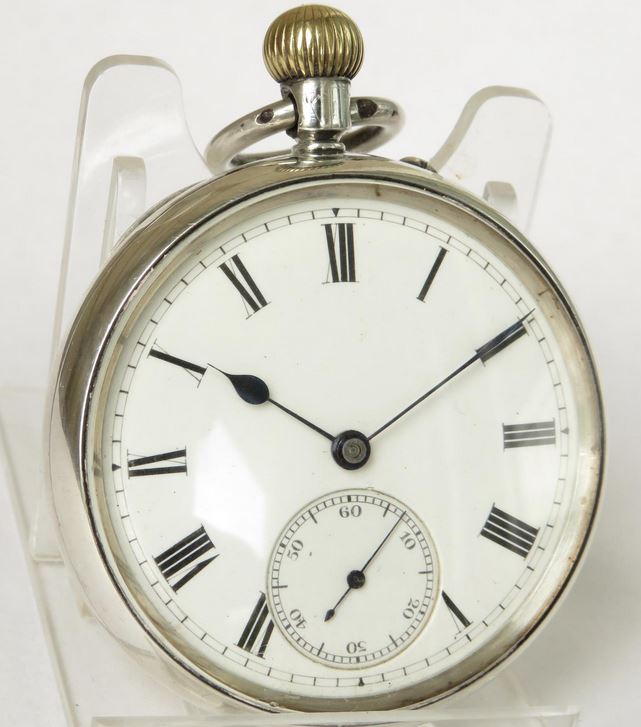Thomas Daniel Wright and William Craighead were both well-respected watchmakers in their own rights. Thomas won several awards during his watchmaking career. He also lectured on Watch Making Theory at the British Horological Institute (BHI). Wright was also a highly regarded teacher at the BHI. Amongst many other positions, Wright was Vice President of the BHI. In addition, he is one of the very small group of recipients of the BHI Gold Medal.
British Summer Time
Thomas Wright was also involved in the introduction of British Summer Time in 1916. The initial idea was conceived in 1905, by William Willet. On an early morning ride, he noted with dismay how many people slept through a large part of a summer’s day. He was also an avid golfer and was annoyed when dusk would cut short his game. In 1907, Willett proposed a phased change in the clocks over four weeks. The clocks would have changed by 20 minutes each week, adding up to a total of 80 minutes. The time would move forward in spring and backward in autumn.
Wright initially objected to the idea. He believed that it would cause mayhem for international traffic and communications. However, Willet continued to lobby for his proposal until his death in 1915. Public pressure for the idea continued to mount. Wright proposed an alternative single one-hour change in spring and autumn. This was accepted and adopted in 1916. It is the same system that remains in use today.
Edward Charles Bracebridge & Co
Originally, Wright worked as the general manager of Edward Charles Bracebridge & Co., who were watchmakers based at 8 Red Lion Street, Holborn in London. Additional premises were located at 119 New Bond Street. According to various trade directories, the business was active from around 1851. The owner of the business, James Bracebridge, found himself with deteriorating health in 1891 and decided to retire. He sold the business to the partnership of Wright & Craighead. They continued the business out of the Red Lion Street address.
Wright & Craighead
Wright & Craighead fitted into the watch-finishing category of watchmakers. They purchased the components from watch manufacturers, such as Rotherham & Sons. They didn’t actually make any of the movement components themselves. It was the job of Wright & Craighead to assemble these components and finish the watch. This was typical of English watchmaking during the eighteenth and nineteenth centuries. The movements were supplied as a collection of raw components that had been roughly machined. These rough movements were called “frames”. The frame was the English equivalent of the Swiss ébauche. A frame consisted of the top and bottom plates, the mainspring barrel and the gear train wheels mounted on their arbors. The frame did not include the escapement, balance, hairspring or jewels. These would be sourced separately.

As far as I understand, Wright & Craighead were well-respected watchmakers. They made some very fine marine karrusel watches for the British Admiralty. These antique watches can sell for many thousands of pounds. I cannot find any reference to when Wright & Craighead closed down. This article has also been dominated by Thomas Wright. I could find virtually nothing on Craighead. I suspect he may have provided the finances for the partnership.